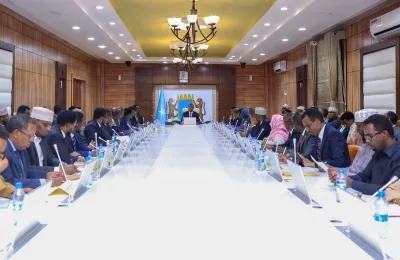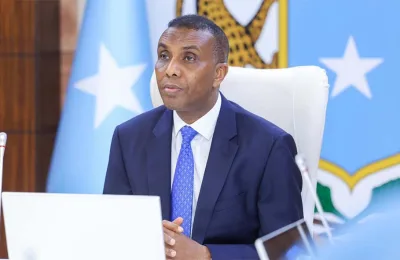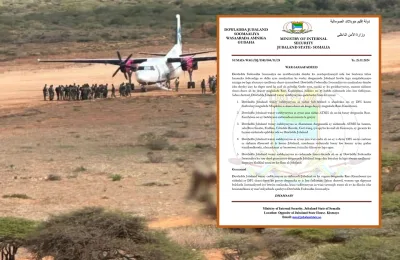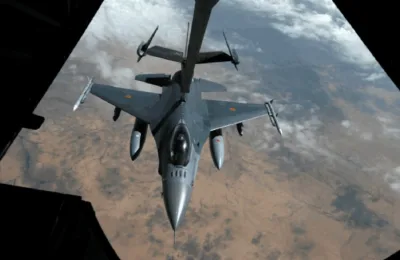Somalis don’t want to forever be a “humanitarian response” country, dependent on assistance, permanently in crisis.…

Somalis don’t want to forever be a “humanitarian response” country, dependent on assistance, permanently in crisis. They want to stand on their own two feet, with dignity and pride.
Meeting the children at a primary school in Baidoa town, in the southwestern Bay region of Somalia, my heart swelled with joy. As they showed me how they could say the days of the week in English, the teacher beamed, I felt so proud that the world’s humanitarian response was enabling these children to have a better future. But when I spoke with 11-year-old Halimo in a makeshift tent at an internally displaced persons (IDP) camp in Baidoa, I was reminded that our response is still falling far short of providing these children with the future they deserve – a future where they not only survive but thrive.
This week’s Spring Meetings of the International Monetary Fund and the World Bank Group in the United States provide us a chance to change this narrative and rebuild the country for children like Halimo. As international momentum gathers, it is imperative that Somalia gets all the support needed.
Somalia is one of the most fragile countries in the world. Over 4.2 million people are in need of humanitarian assistance, including 2.6 million IDPs. World Vision and other organisations work alongside the government to provide live-saving assistance, basic services, and livelihood support to those most in need. But to break this cycle of deprivation and crisis response, Somalis need to be able to build their own health and education systems, infrastructure and economy. For a country like Somalia, that is a huge task.
On top of this, Somalia is saddled with $4.6 billion of historic debt. This huge debt and low domestic resources (in 2018, Somalia’s government was able to raise some $165 million as domestic revenue) mean it is impossible for Somalia to repay its debt, which means denying Somalis access to concessional loans and grants to develop and strengthen its health, education and build infrastructure. This international development support, if and when comes through, essentially injects new blood to help kick start the rebuild of the country.
Halimo is one of hundreds of thousands of girls and boys carrying their dreams in their hearts. Hers is to become a doctor so that she can help her community. But those dreams may never come true. Like Halimo, the vast majority of the country’s population were born well after the 1980s civil war when the debt was incurred. The current generation are paying for debt created by regimes that do not even exist anymore. That is why World Vision, along with a broad coalition of Somali and international organisations, is calling for the goodwill of global leaders in cancelling Somalia’s debt.
The good news is that some leaders are listening. In early February 2019, Africa Union Member States backed the call for debt cancellation to enable the Somali government meet its obligations to its citizens.
To the lenders, the cost of action would hardly be felt – but for Somalia the current cost of inaction is unnecessary deaths of children due to preventable diseases cause by the lack of health facilities, water, security and education. All the creditors and the International Financial Institutions have the responsibility to make debt cancellation happen. They can point out the technical obstacles – but where there is a will they can overcome them.
Somalis don’t want to forever be a “humanitarian response” country, dependent on emergency assistance, permanently in crisis. They want to stand on their own two feet, with dignity and pride. Somalia’s children are ready to take Somalia out of conflict and the poverty trap, towards lasting peace, inclusive and sustainable growth and development. But they can only do that if world leaders take off from these children’s backs the debt, unjustly made before they were born, that is holding them down.
The Somalia Debt Cancellation Advocacy Working Group, chaired by World Vision, works under the umbrella of the Somalia NGO Consortium.
BY Geeta Bandi-Phillips: is the director of advocacy and external engagement at World Vision International – Somalia Programme







